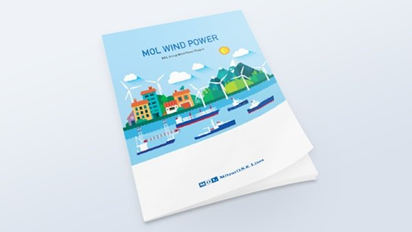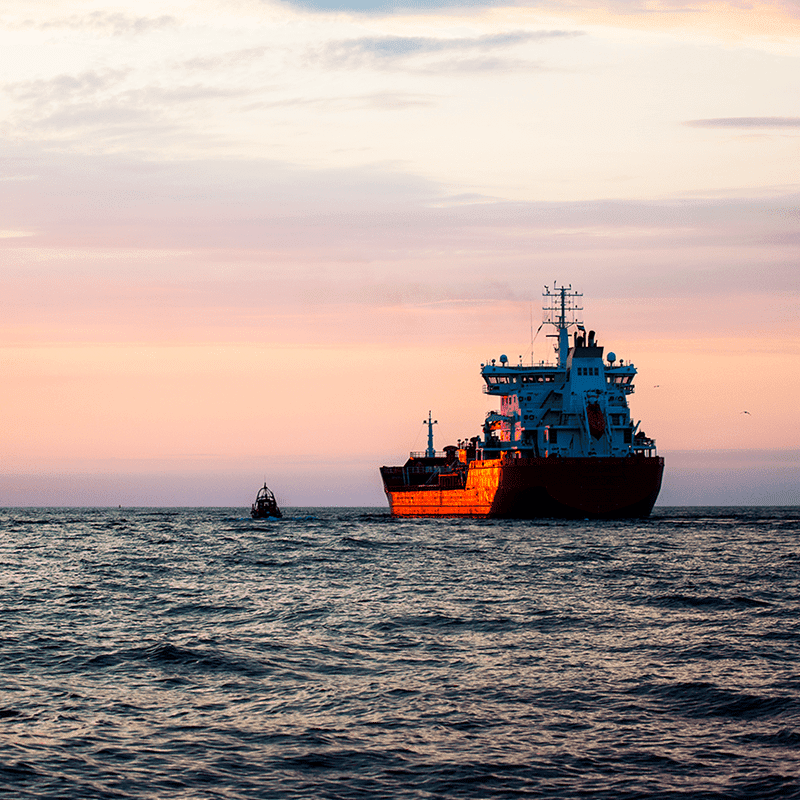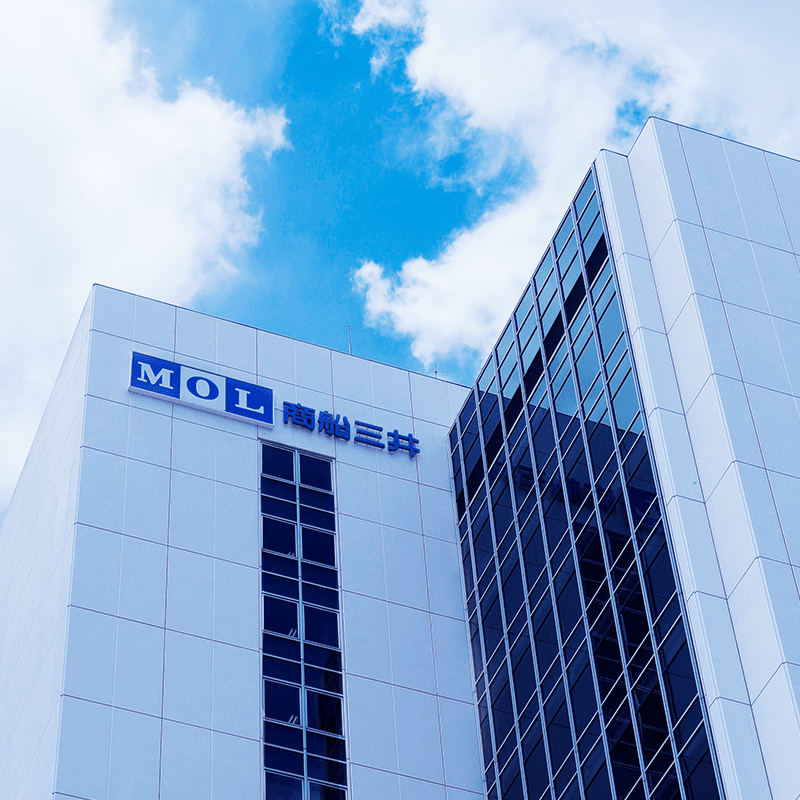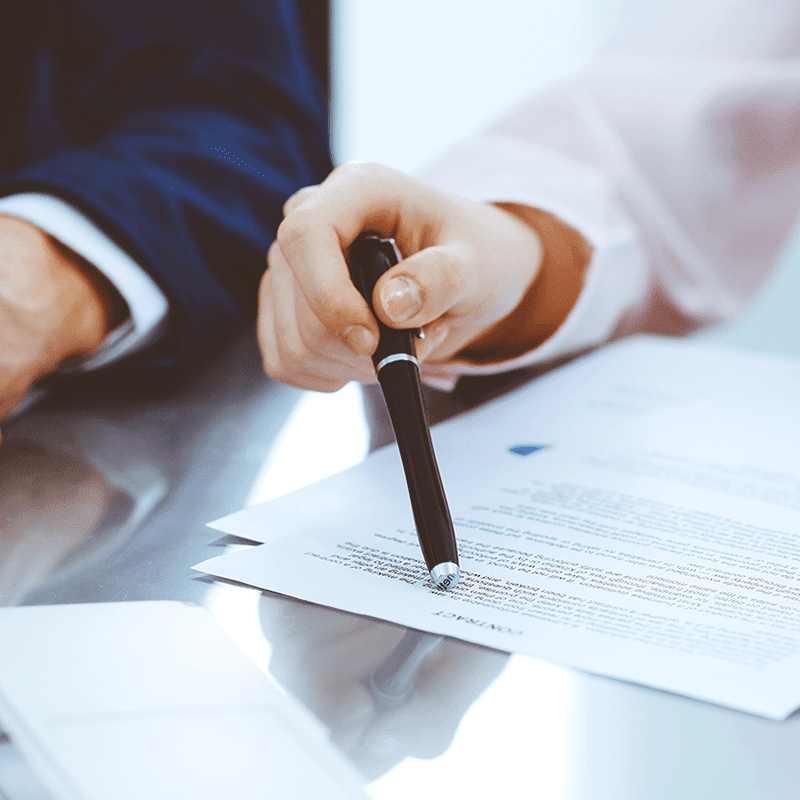BLOG
Current Status of World Wind Power (Part II)
- Eco Friendly
2021.11.02
Among Renewable Energy sources, wind power is becoming increasingly popular as an energy source as it can be introduced in large quantities at a relatively low cost.
In Japan, an island nation, offshore wind power utilizing its vast sea areas is attracting much attention. In the first part of this blog, we looked at the introduction of wind power, including onshore wind power, and trends in Europe, which leads the world in wind power. In the second part of this blog, we will talk about the current situation of offshore wind power in Japan and the Japanese offshore wind power market from a European perspective.
If you have any questions about this blog or would like to know more, please contact us through contact form.
The Japanese Government’s Plan Towards Carbon Neutrality by 2050
In the “Green Growth Strategy Through Achieving Carbon Neutrality by 2050” (December 2020), the Japanese government announced a target that clearly states they would increase the ratio of electricity supplied by renewable energy to 50% of total electricity generated in order to achieve net zero greenhouse gas emissions by 2050. Through our energy policy, we also aim to realize an energy reduction by applying 3E + S, that is, Energy Security(E), Economic Efficiency(E), Environment(E), and Safety(S).
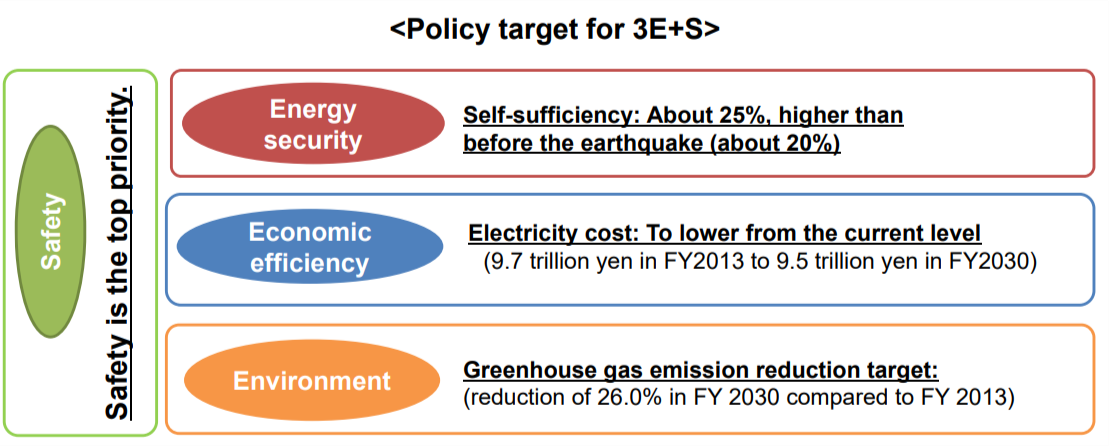
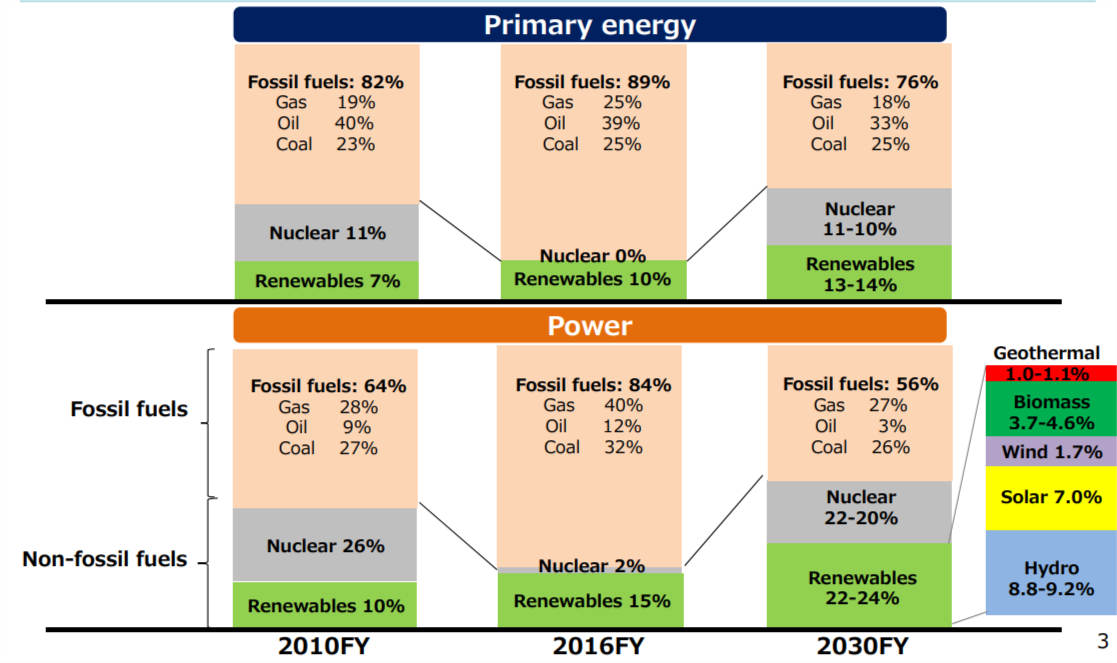
Source: Japan’s Strategic Energy Plan (Agency for Natural Resources and Energy)
Although the energy mix for 2030 is still being adjusted, the government is aiming for a 44% use of non-fossil fuels (22% nuclear power + 22% renewable energy), and also trying to promote carbon recycling such as CCUS for fossil fuels. In order to achieve carbon neutrality in society, it is necessary to expand the use of non-fossil fuel power sources in the electric power sector and is also essential to promote decarbonization through electrification with decarbonized electricity, hydrogenation, methanation, and synthetic fuels, etc. for the use of fuel and heat in the industrial, consumer, and transport (non-electric) sectors.
To encourage this attempt, it is required to take steps such as maximizing the use of existing facilities in order to reduce the burden on people and increasing the acceptability of energy conversion on the demand side.
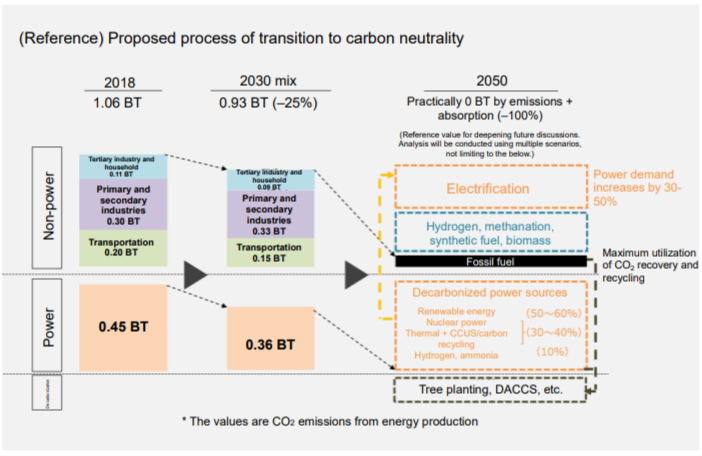 Image of the transition to carbon neutrality
Image of the transition to carbon neutralitySource: Green Growth Strategy Through Achieving Carbon Neutrality in 2050
Current Status of Offshore Wind Power in Japan
As mentioned in the first part of this blog, the most advanced region for offshore wind power is Europe. Among these, the United Kingdom is the most advanced and Japan, which is also an island nation surrounded by the sea on all sides, seems to have similar favourable environmental conditions. However, offshore wind power in Japan has not yet been put into practical use, and its development appears to lag. There are several reasons for this:
Offshore wind power facilities are broadly divided into two types, "bottom-mounted type" and "floating type.". The bottom-mounted type is suitable for shallow waters up to a depth of 15 to 30 meters. Such areas of shallow water are very few in the sea surrounding Japan and is one reason why Japan has not been so proactive in introducing offshore wind power. For this reason, attention has focussed on the "floating type" in offshore waters, but the "floating type" has not undergone any dramatic development as there are still few examples of the “floating type” in the world. Nevertheless, the global trend is currently shifting from "bottom-mounted type" to the "floating type"(*) and offshore wind power initiatives in Japan are now gearing up with a first step of absorbing know-how by working with European companies.
(*) With the following three benefits, the introduction of floating offshore wind power facilities is expected to accelerate as costs decline:
- 1.It can be installed offshore where there are stronger wind speeds.
- 2.As they are positioned far from the coast, they have relatively little impact on the environment and avoid fishing areas.
- 3.Cost can be reduced because no assembly work is required at
sea(With the floating type, equipment is usually assembled at the
port and towed by a ship to the offshore wind power station.)
Looking more closely at the situation in Japan, first there is a restriction that there are only a few shallow water areas with a depth of 15 to 30 metres, suitable for the installation of bottom-mounted offshore wind power turbines. In addition, they need to be further organized and improved several aspects, such as the expansion of the implementation area and the connection to the electric power systems.
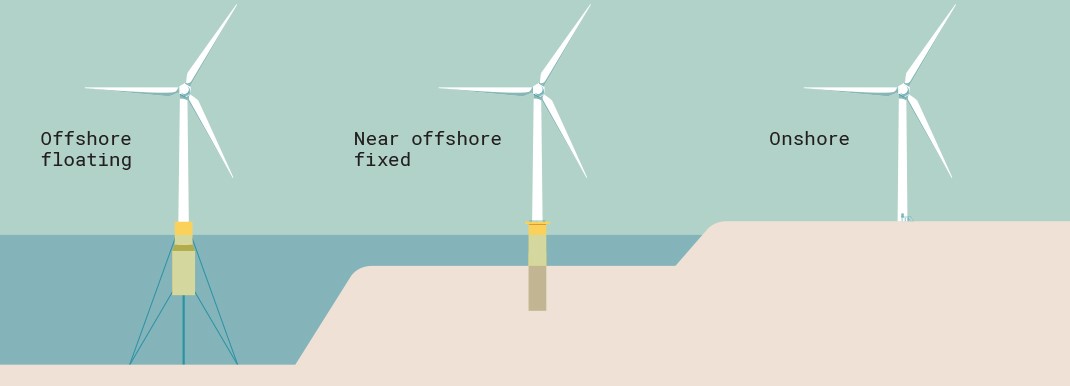
Source: OFFSHORE FLOATING WIND ENERGY STARTS MOVING INTO HIGH GEAR
(Blog from NORD-LOCK GROUP)
European companies focusing on the Japan's offshore wind power market
Currently, more than half of Europe's offshore wind power is generated by the top five European power companies, including the world’s largest offshore wind power companies, Ørsted in Denmark, and E.ON in Germany. The Japanese market, which is expected to grow significantly in the future, may seem attractive to these companies that have extensive experience and knowledge.
For example, in March 2020, Ørsted and TEPCO reached an agreement to establish a joint venture to promote an offshore wind power business off the coast of Choshi, Chiba Prefecture, while in September 2020, Equinor, a major Norwegian energy company and JERA, a joint venture between the TEPCO Group and Chubu Electric Power Co., announced that they would establish a business alliance to develop an offshore wind power business off the coast of Akita Prefecture. Japan's offshore wind power business requires large-scale investment and technology, and it is expected that Japanese companies will increasingly collaborate with European companies, rather than going it alone.
Japanese companies' efforts in Wind Power Turbines
While the market for large-scale wind power turbines is expanding worldwide, a number of Japanese companies have recently withdrawn from the market. In January 2019, Hitachi, Ltd., a leading Japanese manufacturer, announced its withdrawal from in-house production of wind power turbines, and several companies have already abandoned their plan to continue operations. Consequently, overseas turbine OEMs and offshore parts suppliers, mainly European manufacturers, may be encouraged to enter the Japanese market.
Meanwhile, Mitsubishi Heavy Industries has established “MHI Vestas Offshore Wind A/S” as a joint venture with Vestas of Denmark, the world's leading manufacturer of wind turbines, for offshore wind turbines. In 2017, they received an order for 56 units of the world's largest 8,000 kW class offshore wind turbines for Borkum Riffgrund 2 Project, the largest offshore wind power project in Germany, planned by one of the world's largest wind power producers, Ørsted (at that time known as DONG Energy). The installation of the equipment was completed in 2019.
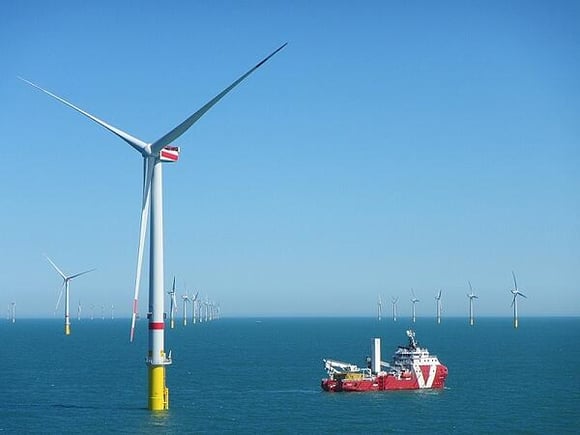 Borkum Riffgrund 2 project Offshore Wind Farm(from Power Technology News)
Borkum Riffgrund 2 project Offshore Wind Farm(from Power Technology News)
MHI Vestas' offshore power plants will supply electricity to 460,000 German households.
In July 2020, Ministry of Economy, Trade and Industry in Japan announced a plan to build a total of 10 million kilowatts of offshore wind power, equivalent to 10 nuclear power plants, by 2030. This national trend is expected to further boost demand for offshore wind power projects and related work. In particular, the installation and maintenance of floating offshore wind turbines require not only the transportation of equipment, but also the dispatch of engineers. Our group has established the following vessels to meet the demands of each stage:
- 1.Self-Elevating Platform (SEP)
The platform is equipped with legs that rest on the seabed and
move up and down. The vessel installs offshore wind turbines with
a crane by moving the platform above the sea surface. By raising
and maintaining the platform higher than the waves, the SEP vessel
can operate even in rough seas. It can be used not only to install
offshore wind turbines, but also to support maintenance work of
offshore oil and gas rigs. - 2.Service Operation Vessel (SOV)
An SOV has accommodation for maintenance technicians working
on the various wind turbines that make up an offshore wind farm,
allowing them to stay on-site for extended periods.
SOVs are equipped with a dynamic positioning system (DPS) to
constantly maintain a safe distance between the vessel and the
offshore wind farm, as well as a special gangway with a motion
compensation function (absorbing hull movement due to wind and
wave action, etc.), allowing the technicians to move safely between
the vessel and the offshore wind turbines. - 3.Crew Transfer Vessel (CTV)
A transport ship (capacity: 12 -24 passengers) that delivers
maintenance engineers from a base port to offshore wind power
stations that are relatively close to the land. After the fender
attached to the bow section is pressed against the offshore wind
turbine to stabilize the hull, the maintenance engineer moves to
the offshore wind turbine. A catamaran made of aluminium is the
main hull form. - 4.Cable ship
In addition to the installation of power cables for floating offshore
wind power generation, the company also installs and maintains
undersea cables for communications systems, and operates in a
disaster response capacity to quickly restore communications in
the event of a disaster.
The Mitsui O.S.K. Lines Group will continue in its efforts to reduce its environmental impact through the active promotion and cultivation of "Environmental and Emission-Free Businesses", such as by offering a wide range of services in the value chain of the offshore wind power business.
Below is an overview of our company's efforts in the wind power business.


Writer:Akina
Joined MOL in 2014 after working for a credit card company. After being in charge of car carriers administration, operating bulk carriers, now I’ve been involved in the operation of this website, in the marketing division. I'm also in charge of website news letter. Easy to subscribe, please click below!
Recommended Articles
2022.07.05
- General Shipping
2021.04.13
- Energy
2023.12.19
- General Shipping
2021.08.07
- Eco Friendly
2025.03.18
- General Shipping
Latest Articles
2025.12.09
- Eco Friendly
- General Shipping
2025.12.03
- General Shipping
2025.11.20
- Energy
- General Shipping
